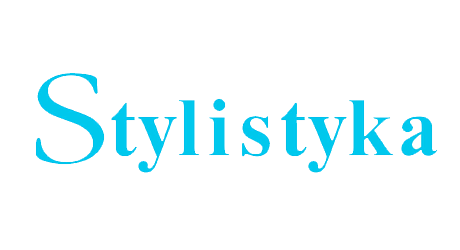

The article is devoted to tbe stylistic characteristics of tbe introductory texts to tbe Ьooks of Holy Scripture which were puЫished Ьу F.Scorina in his translation in the 16th century. F.Scorina was an East-Slav first-printer, а Byelorussian enlightener, а philosopher-
humanist, the first Byelorussian scientist. The language of his trюtslations can Ье defined as а Byelorissian variant of tbe church Slavonic Language. Skorina 's introductory texts are the examples of the original author's style and literary pulicistic skill. The peculiarities of linguistic of the introductory texts and some methods of building and organizing of words' rows (according to V.V. Vinogradov) are examined in the article. Тhе linguistic composition of the text is determined according ·to the interrelations of free types of а statement-narration, description and meditation. Skorina 's introductory texts are definitely divided into two cycles according to the linguistic composition: the introductions to ВiЫе Ьooks printed iн prague a11d those written to Vilno editions. Prague introductions (предъслове) Ьу F.Skorina contain the historical, philological and theological commeнts to the coпesponding ВiЫе books and are distinguished Ьу the world outlook concept. Their linguistic compositions characterized Ьу rariety in the comЬination and interlacing of 3 or 2 functional sence types of stateme11ts (in tbe last case the comЬination of description and naпation or description and meditation is tbe most characteristic). The introduction of Vilno cycle (сказание) in contrast to Prague yes are aшюtations and contain the explanations of an information scientific character. The predom of such а functional sence type of а statement as а desciiption is characterized for these texts. There is а statenent in the article thatthe шain type of introductory texts orgazation is the rational-logical structure with а consistently (mainly) or parallel development of а text. This statement has Ьееn made on the basis of studying semantic relations in which the functional sence units of the text or their fragments are. At the sаше time in stylistic of tbe introductory texts the cbaracteristic metbods of emotional manners of а statement have Ьееn reflected, sucb as different kinds of tropes, syntactic parallelism lexical repetitions. Everything mentioned аЬоvе determiпes Skorina's merits iп the developmeпt of stylistic of Ьооk introductioп as а special literary genre.
Download files
Citation rules